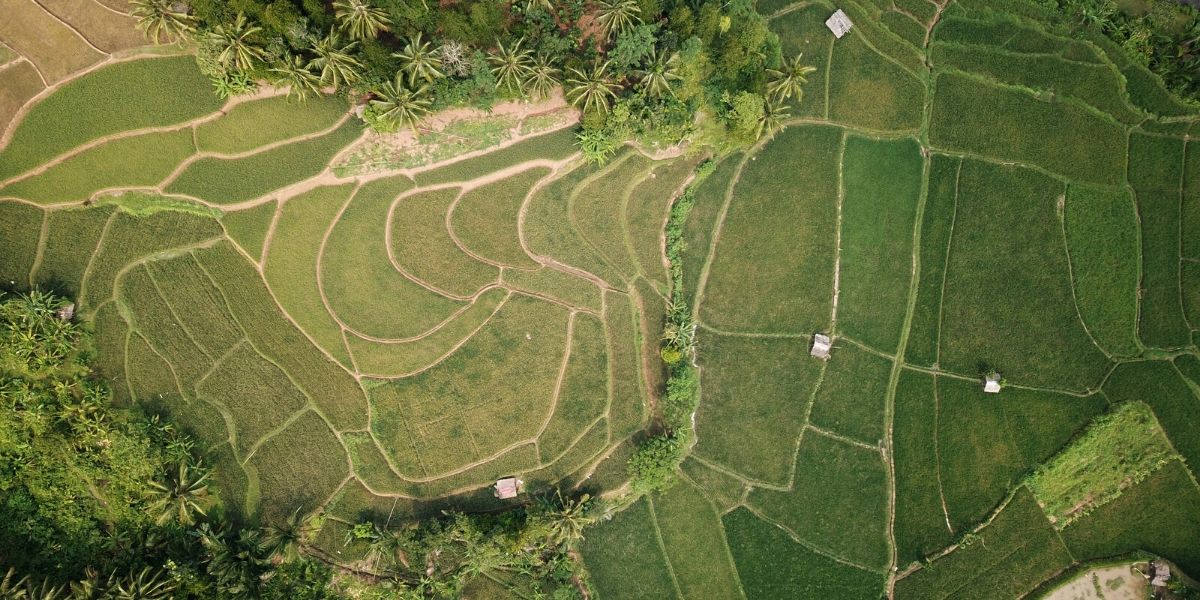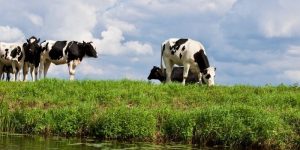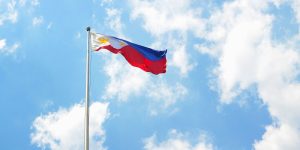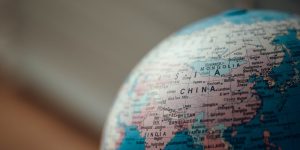Australia’s Livestock Exporters is well placed to meet this demand
The Indonesian dairy industry is set for growth as consumers shift their health and dietary habits while the government seeks to expand their own local dairy production.
Indonesia, being the fourth most populous country in the world, has a burgeoning middle class as living standards and wages rise. Subsequently, household food expenditure and dairy consumption rates are also increasing.
As such, Australian exports of dairy products and livestock to Indonesia are steadily increasing year on year. In 2018 Australia exported over $200 million worth of dairy products into the market. Imports from other major dairy exporters were in the same league and higher.
What’s behind this sudden upsurge in Indonesia’s demand for dairy and what’s the way forward?
Indonesian’s Sudden Love for Milk
Traditionally, the Indonesian population were low consumers of milk. They preferred their coffee black and shunned western products like yoghurt and cheese.
Indonesia’s estimated milk consumption per person is only 11.7L/ per annum, significantly lower than 22 litres in the Philippines and 31 litres per person in Thailand. Despite this, demand has been growing by at least 5% annually.
The country’s growing populous and ever-increasing adoption of the western diet is making Indonesia an attractive hub for the supply of dairy livestock. We are already partnering with local dairy farms for the supply of dairy and breeder cattle and demand is set to increase.
Australian Exports to Indonesia
Australia exports an ever-increasing number of dairy products and livestock to Indonesia. Consider the following numbers:
- Australia is the fourth largest supplier of dairy products to Indonesia
- 20% growth in Australian exports to the Indonesian market in the past five years
- During 2018, Australia exported over $200 million worth of dairy products into this market
- Skim milk powder is estimated to comprise 65 – 70% of Australian exports to Indonesia (s-ge)
- Indonesia is Australia’s largest livestock export market with over 500,000 head of cattle (both for dairy and beef) exported there
Read more about our export service to Indonesia here.
Local Expansion Plans
Currently, the Indonesian dairy belt consists solely of the island of Java, which currently meets less than a fifth of local needs.
Local farmers struggle with a range of industry-specific challenges. Right now, the demand for dairy products and breeder livestock outstrips their local production capacity.
Indonesia relies on dairy imports, mainly from Australia and New Zealand, as only 23% of raw materials for milk supply are locally produced.
According to Euromonitor (s-ge), the local market is dominated by four key players, being: PT Frisian Flag (Dutch), Nestlé (Switzerland), PT Ultrajaya (local) and PT Indolakto (local). Other smaller businesses are developing and carving out their own market share as well.
The only logical solution for Indonesia is to increase local supplies of milk and increase their breeder herd size while allowing smaller players to increase their market share. As such, Australia’s Livestock Exporters is well placed to meet this increase in demand. We are already exporting Australian livestock to Indonesia farms, food producers and the Indonesian Government. Popular export breeds include Jersey cattle and Holstein Friesian dairy cattle.
In the past, these local food producers and dairy farmers exported most of their yield to other southeast Asian countries. Now, they’re focussing on promoting their products to the domestic market.
It looks like Indonesia is well placed to reduce their reliance on imported dairy products as they invest into importing world-leading dairy cattle through partnerships with livestock export companies like Australia’s Livestock Exporters, and others.
The Future of the Indonesian Dairy Industry
As it stands, the only way forward for the Indonesian dairy industry is to increase its national dairy herd. This clears the way for premium livestock exporters, like Australia’s Livestock Exporters, to fill the gap.
Exporting livestock to Indonesia is a complex process requiring stringent approvals and permits. So, interested parties must work closely with an export specialist if they want to reap the benefits of Indonesia’s cattle shortage.
For more information on how to import Australian dairy livestock into Indonesia, make a trade enquiry here.
References
- ‘A growing market for dairy products in Indonesia’ 11 April 2019. https://www.s-ge.com/en/article/global-opportunities/20192-c3-indonesia-food-dairy
- ‘Indonesia — a growing market opportunity for Australian exporters?’ 15 February 2019. https://www.dairynewsaustralia.com.au/markets/2019/02/15/439736/indonesia-a-growing-market-opportunity-for-australian-exporters
- ‘Indonesian Dairy Industry Sets for Exponential Growth in 2018’ 7 March 2018. https://theinsiderstories.com/indonesian-dairy-industry-sets-for-exponential-growth-in-2018/




